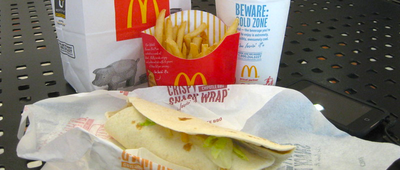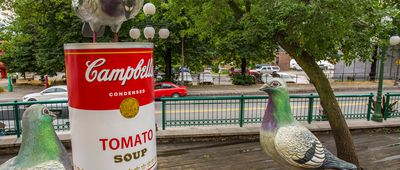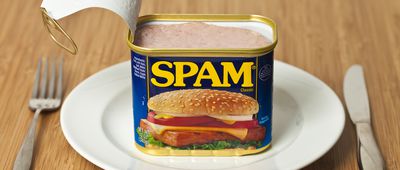What's Cooking
While consumers are increasingly label- and ingredient-conscious when making food purchases, there are still plenty of items on the market with ingredients most people would find shocking or downright disgusting. Food coloring made from crushed beetles, anyone? Yes, it's a real thing. Here's a closer look at just some of the surprising stuff being used to make popular foods. (Curious about unusual ingredients that you might actually like? Check out these Strange But Surprisingly Tasty Local Foods.)
Related: Meaningless Nutritional Claims by Some of Your Favorite Foods































